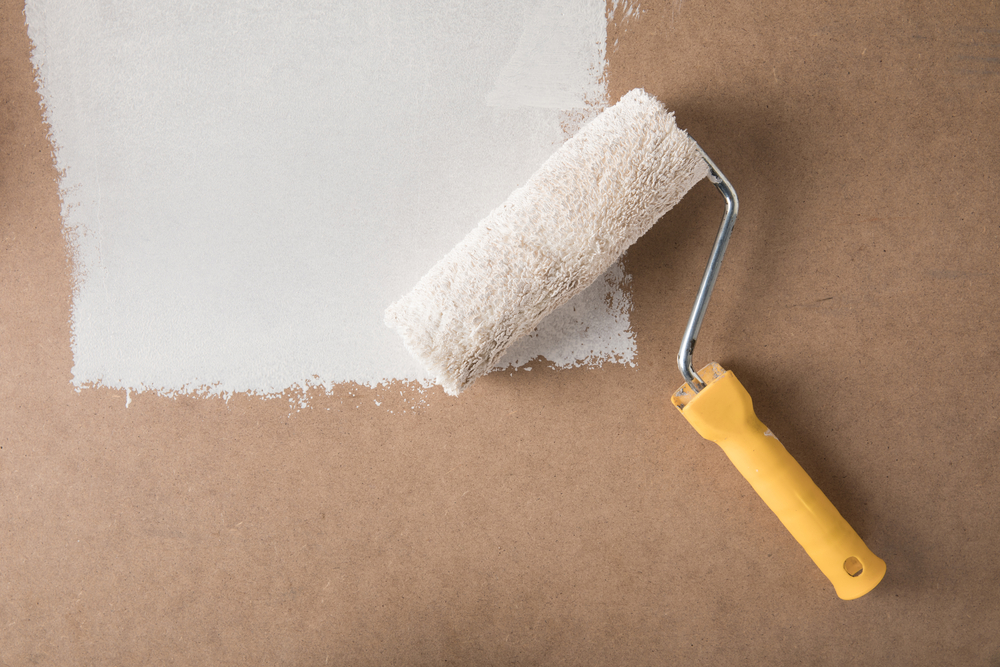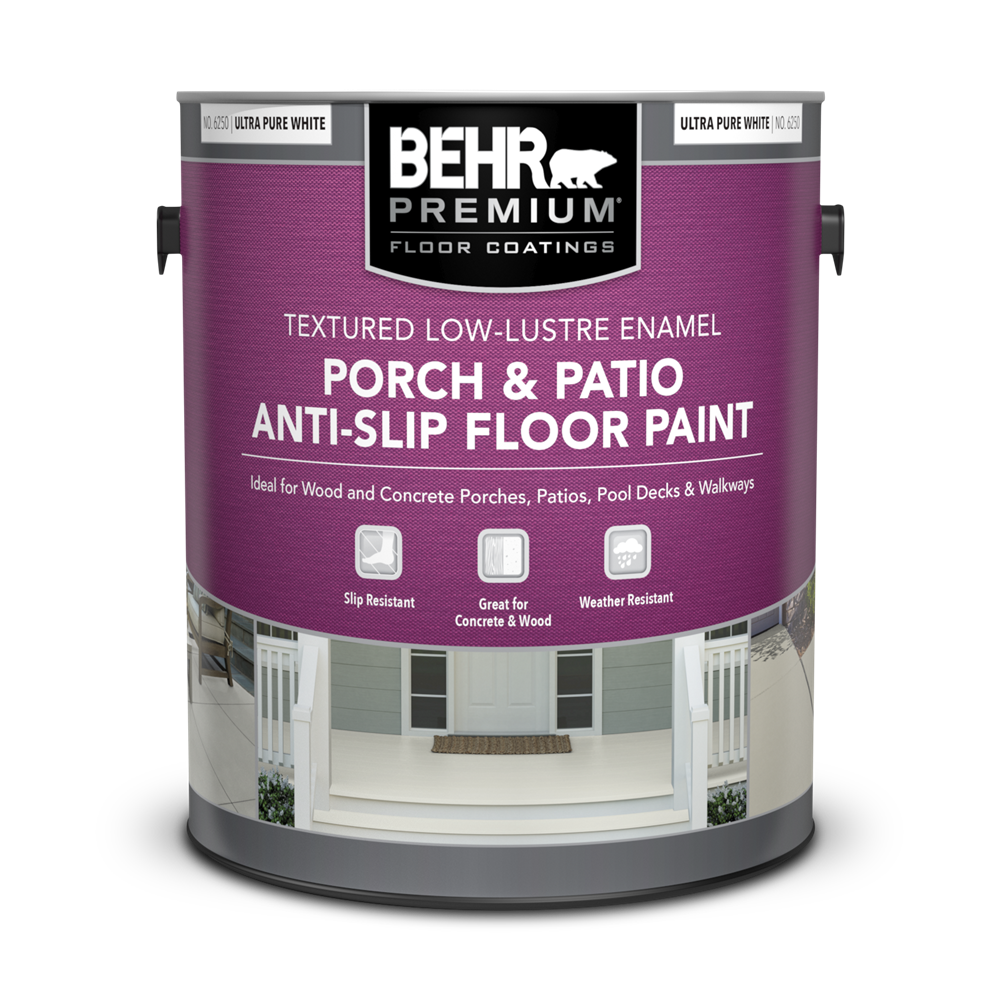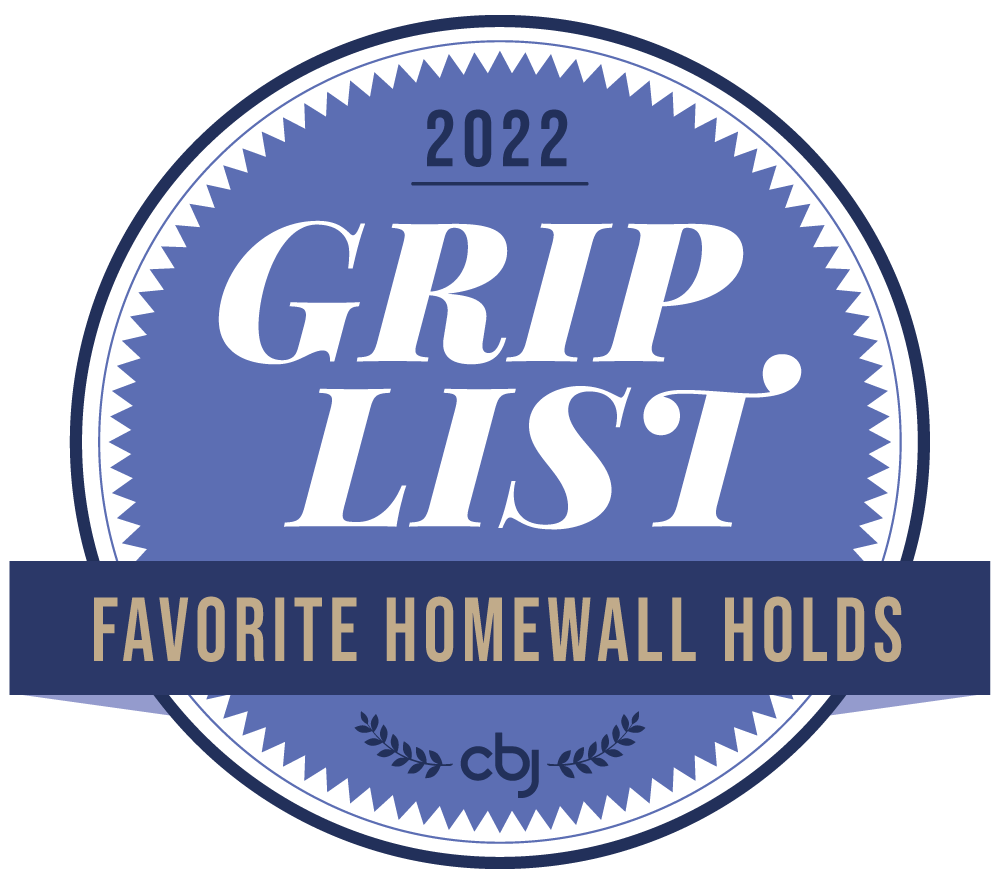How to Paint a Climbing Wall
How to Paint a Climbing Wall
There are two main categories that climbing wall panels fit into. There are the commercial panels you see in commercial climbing gyms, and then there are the DIY panels. This How-To is meant for the DIY'er.
Commercial climbing wall panels are painted with expensive epoxy paints. It cures very hard, and many of the vendors are coating each panel up to 6 times. You get the best results when you do multiple thin layers. So buying panels from most of these vendors gets you a very durable product. They are a challenge to buy in turn-around time and are quite expensive for the home climbing wall. The following is the most durable and cost-effective way to paint a climbing wall panel.
To Texture or Not to Texture
It is recommended to texture paint your panels if you have the option to do so. The main reason is that it discourages a climbing hold from spinning. You can also try finding paint that offers texture in it, that way it's already done for you. Floor paint is the best option as it is formulated to handle foot traffic or, in our case, climbing shoes. A flat or satin sheen is best choosing wall paint.
We do not recommend using sand for texture. As soon as sand is mixed into your paint, it settles to the bottom of the tray and is difficult to get an even texture. The best additives are made out of lightweight products like crushed walnut shells or glass microspheres. Here you can find Anti-Skid Floor Additives.
Now let's dive into the painting. But wait! You might have the question, "Do I drill out my T-nuts before this?" The answer is no. You will want a smooth flat surface to paint as well as the T-nuts to be free of anything especially paint.
Step #1: Prime
While the paint is supposed to deliver color, the primer's job is to best prepare the surface for painting. Priming helps solve a wide range of problems including a very porous surface (like new plywood), stains, unwanted odors, uneven surfaces, texture differences, and adhesion problems (paint having difficulty sticking to the surface.)
If not properly sealed porous surfaces like plywood can soak up a lot of paint, costing you valuable time, money — and paint.
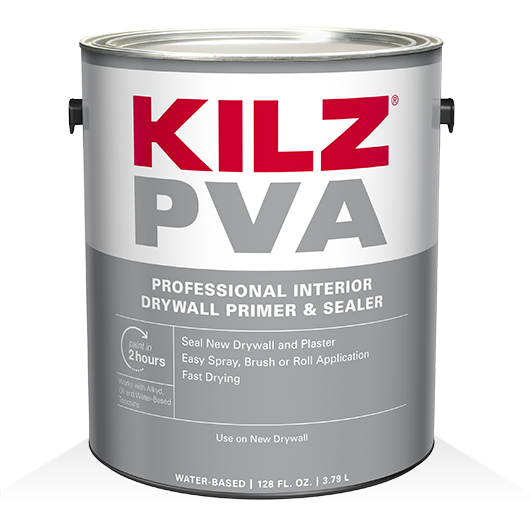
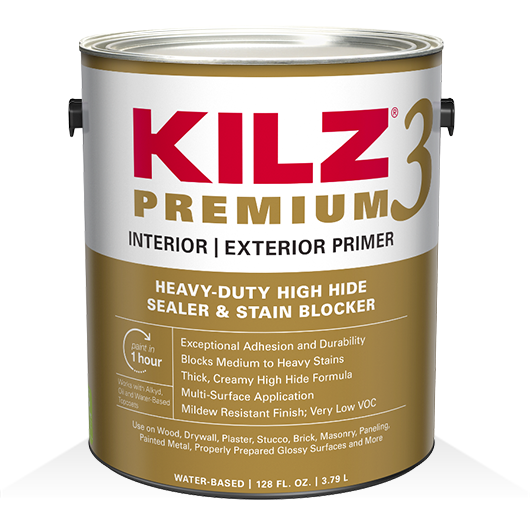
Step #2 Paint with Texture (100% Acrylic)
Wall texture is water-based paint with some inert material added to it. Sand, rubber, dicaperl (microbeads), and several others are all used. The heavier the material, the quicker it will settle in your paint tray. Sand is the heaviest and settles within minutes and Shark grip is the lightest, which stays mixed reasonably well in the paint tray. There will be some exceptions to this and many of the other products on the market are worthy. For the "do-it-yourselfer", go for the options at the hardware stores. Most carry a product called Shark Grip. They can mix it into any color of paint. Some brands already have it in them. If you go with floor paint, find a product called Floortex. All of these products are for tennis courts or anti-skid paint. When rolling these paints out, it is helpful to have a painting helper who spreads out the grit with a 4-inch brush in various directions. You will see roller marks on the panel if you don't do this.
Here you can find Anti-Skid Floor Additives.
How to Paint Your Climbing Wall Panel
Step#1
Once your panel is clean, prepped, and primed, apply the Porch & Patio Floor Paint. Stir the paint before applying. Apply a thin, even coat using a 3/8" nap roller, nylon-polyester brush, or airless sprayer.
TIP: The spread rate will vary depending on the porosity and texture of the surface. Use the appropriate spread rate per gallon and use when air and surface temperatures are between 50-90 degrees F.
Step #2
Do not thin paint if using a roller and brush.
TIP: If you are using more than one can, you can ensure color uniformity by intermixing all cans.
Step #3
Let the coating dry. The layer will dry to touch in 1 hour, but allow at least 4-6 hours before your second and third coats. Professionally painted climbing wall panels are sprayed with up to 6 coats to get texture uniformity.
TIP: Certain colors may need more than one coat to achieve complete hide and coverage.
Step #4
Make sure that the surface cures before use. Allow 72 hours for everyday use.
TIP: Premature heavy traffic will cause paint failure, which will require spot re-coating.
Step #5 Seal with Satin Varathane Floor Finish Water-Based
Almost every paint that is used for climbing walls will remain tacky for days or even weeks. The Epoxy paint that many commercial gyms and panels use is the exception. That's bad because the pressure of the climbing hold to the wall can make the holds stick/adhere to the wall. To avoid this problem, use Varathane Clear Satin Water-Based Floor Polyurethane High Traffic Formula.
Stir thoroughly before and during use when applying. To prevent bubbles in the finish, DO NOT SHAKE. Apply using a good quality, synthetic bristle brush or a low-nap roller. Allow the finish to dry a minimum of 2 hours and then re-coat. Varathane recommends a minimum of 3 coats of water-based polyurethane as it coats in thinner but harder layers than an oil-based poly. Water-based polyurethane dries very quickly, and up to 4 coats can be applied in one day.
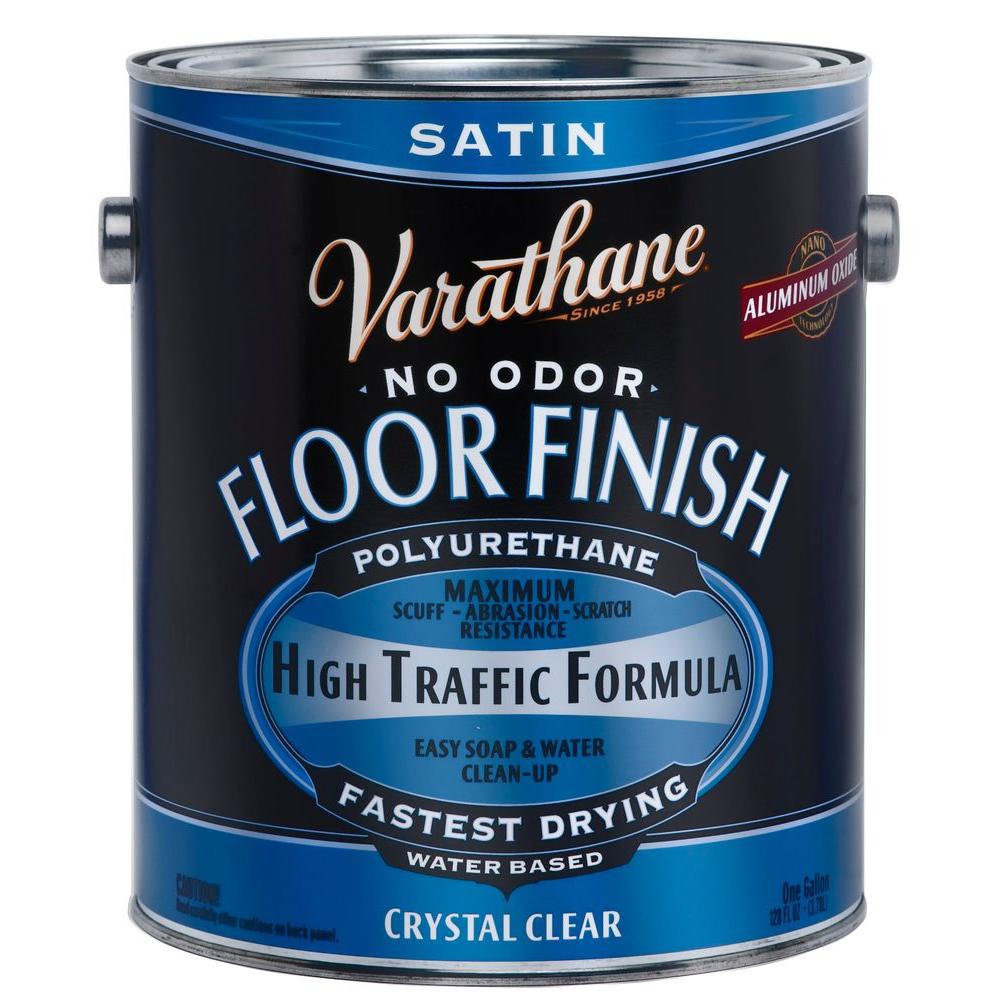
Step #4 Expert Tips For Outdoor Climbing Wall Panels
Wood absorbs water. So on any outdoor climbing wall, keeping rain and snow off of it is best. The best option is to build a roof over the climbing wall. It may be a little more expensive but in the long run, it will help protect the holds.
These tips are for the exposed panel.
1. Prime the front, back, and sides of the panel. Painting all sides helps too.
2. Once you have painted all the panels and sealed them with a floor finish, it's time to drill out the T-nuts. Once all of your T-nut holes are drilled, you can take the time to seal all the holes with the floor finish. We roll the floor finish sealer and then take a small brush and seal the holes.
